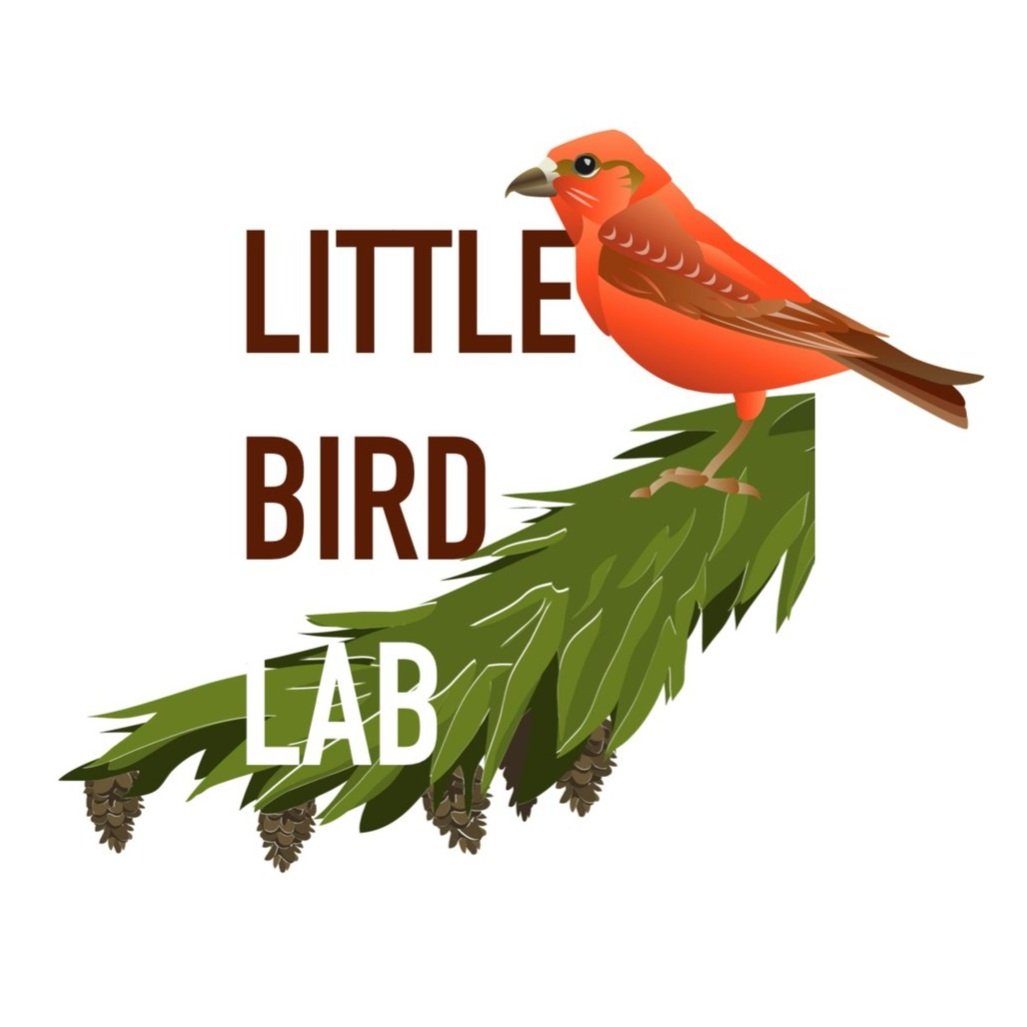Not your normal migrant…
Moved from a blog post on an older website (Original Date 2017):
Our lab obsession, the red crossbill, is not your typical migrant. The crazy bill from which they get their name links them intimately to their preferred food source - conifer seeds. Conifer seeds are a food source rich in nutrients (nuts!) that are often available year round (hence their crazy winter breeding - see the heart rate blog post). However, being specialized on them comes at a cost... or at least comes with a big problem. Conifers are constantly battling their evil nemesis that decimate local seed crops: squirrels. As a result, many conifers produce cones only in masting cycles where large geographic areas produce a lot of seeds in one year but then wait for 2 or 3 years to deplete the local squirrel population before doing it again. This keeps the squirrels in check, but generates a unique problem for crossbills. Every year crossbills have to locate a new cone crop, and that cone crop may be in the next state or it may be across the continent. How, when, where and why they make these nomadic migrations is a major focus of our lab. We believe that understanding how these very flexible migrants move in response to spatial unpredictability in resources can help us to understand and predict how birds more generally might cope with increasing unpredictability as climate and habitats rapidly change.
My students and I have been investigating migratory behavior using experimental approaches in captive red crossbills. Micah Bohanon discovered that the termination of migratory searching behavior may be dependent on receiving a sufficient and stable food supply - as those birds given slowly declining food presented in hinge-covered wells did not reduce their activity levels in July when controls did.
Bailey Marston investigated migratory behavior in a crossbill eco-type found in northern Michigan that might be more resident than other types. Indeed, she found that type 10 crossbills did not show elevated activity during the spring migratory period and, interestingly, that this type did not put on nearly so much fat when adapting to captivity as the highly nomadic eco-type 3. Does this reflect a more resident and food-stable life strategy? Only time and more research will tell!
Our next goals are to investigate how social information influences migratory timing in the highly nomadic eco-type 3 and a close relative, the Pine Siskin. This project will be funded by the National Science Foundation and is collaborative with Dr. Heather Watts at Washington State University and Dr. Kendra Sewall at Virginia Tech.



